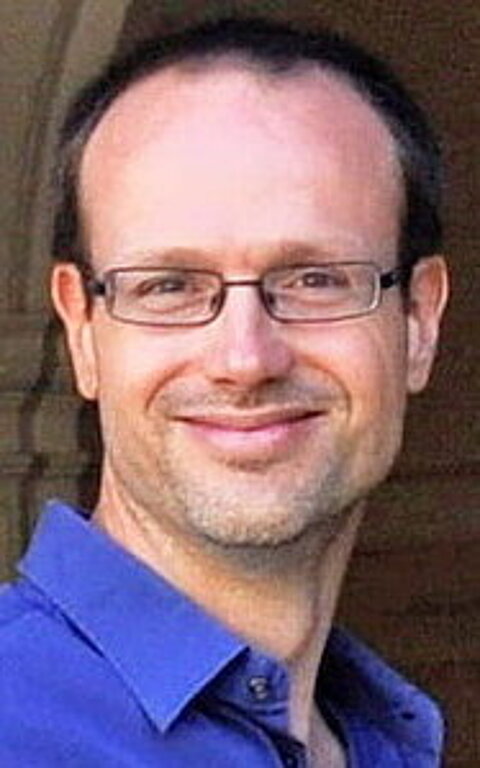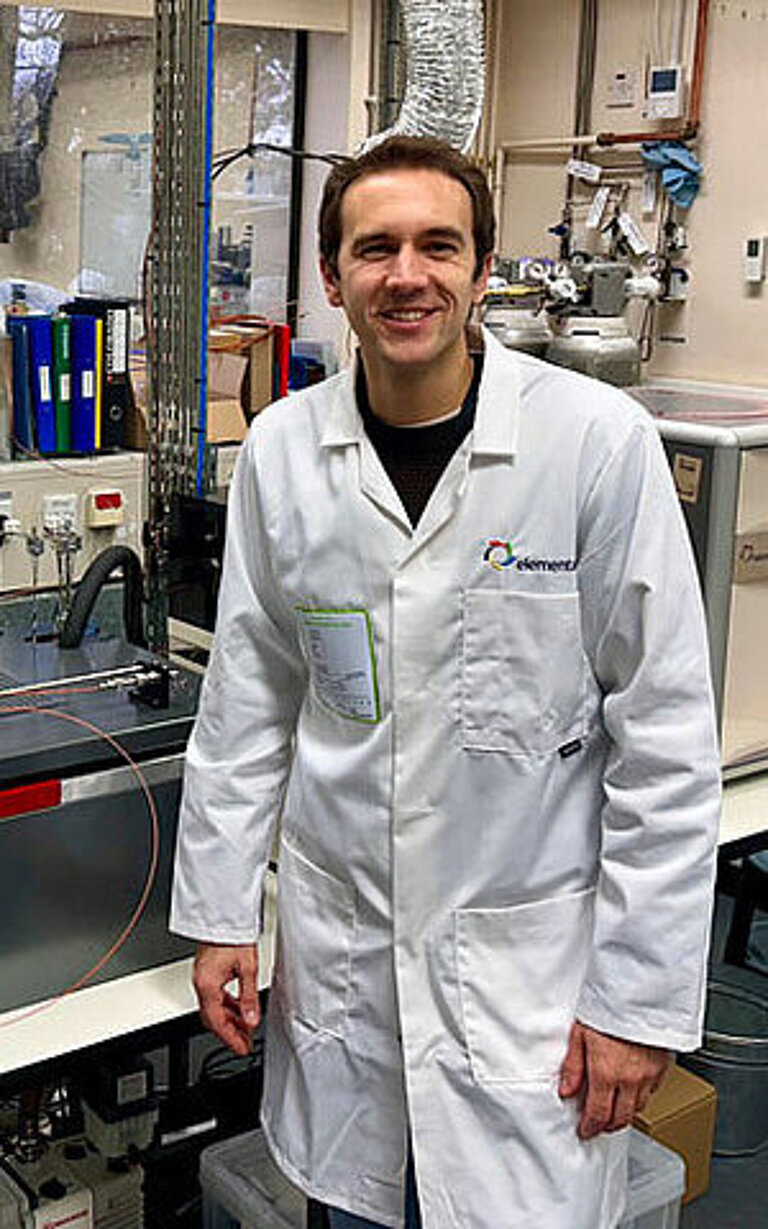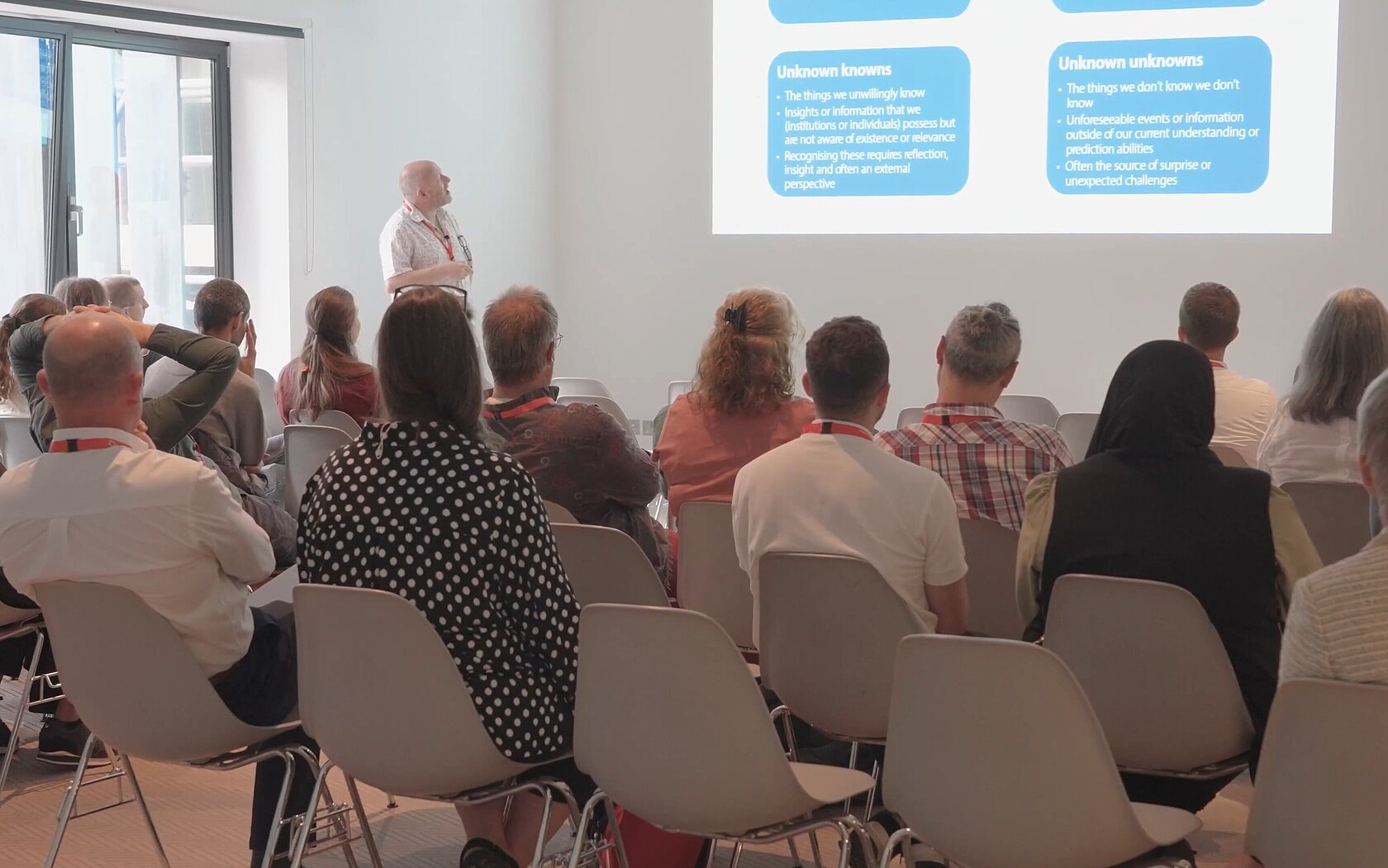We were delighted to welcome a group of our valued customers and colleagues to Manchester Museum for the UK & Ireland isotope ratio mass spectrometry (IRMS) user group meeting on the 10th and 11th of September. The two day event featured a series of insightful presentations spanning a whole host of applications, together with networking and social opportunities where everyone could get to know each other, and have a bit of fun at the same time! It’s always fascinating for us to see how our technology is being implemented by our customers, and hopefully meetings such as this offer our users a unique opportunity to learn from each other, share experiences and exchange tips and techniques.
Diverse Applications
One of the fascinating things that leapt out from the meeting is the wide range of applications for IRMS. Isotope analysis brings together researchers from fields as diverse as archaeology, botany, zoology and earth sciences, with each using the technology in different ways. Keynote speaker Prof. Rich Pancost from the Organic Geochemistry Unit at the University of Bristol gave a fascinating insight into his work on understanding earth systems and how they work, to better anticipate how they might change in the future. Working in collaboration with Elementar, Rich has developed an exciting new methodology that uses high temperature gas chromatography to elute even larger biomolecules than standard techniques. This opens up the analytical window to include compounds such as triacyl glycerides and high molecular weight n-alkanes, which can provide even more in-depth insights into these earth systems.
I appreciated the chance to talk with colleagues from a wide range of fields and discuss successes and challenges with instrumentation. It was good to learn about the wide range of applications that researchers are applying Elementar instrumentation to.
Meeting attendee
Research from around the world
Although this was a meeting for customers from UK & Ireland, it was striking how our technology is being used to address issues from across the globe. Prof. Chris Harrod from the University of Glasgow is an ecologist who uses stable isotopes to understand the evolution and function of ecosystems. He talked about his work in Chile – using human hair to learn about neolithic populations – and his research into the diet of the Peruvian anchoveta fish. Moving from South America to the Arctic, Prof. Bart Van Dongen from Manchester University told us about his studies on arctic marine sediments, and how arctic permafrost can help to monitor the impact of climate warming on global isoscapes.
Making an impact
It’s always interesting to hear how our instruments can make a difference to researchers. Dr. Andi Smith’s keynote presentation spoke about the relationship between Elementar and the British Geological Survey. The organisation has eight Elementar instruments working across a range of application areas – from high throughput sample analysis to method development for the analysis of silicates using microflourination or of solid sample materials using laser ablation. These new methods hold a lot of excitement for the UK stable isotope community, and it was great to hear all about them.
Katharina Heinrich from the Food and Environment Research Agency (FERA) told us how the team there is using stable isotopes to try and determine the origin of a recently found invasive beetle species, as well as the connectivity between UK and European populations of the beetle, providing important insights for the UK forestry and timber industries. It was a real honour for us to hear about how our instruments are having a real impact in such prestigious universities and institutions.
Learning from each other
As well as sharing applications from our users, the meeting also gave us the opportunity to provide support and gain feedback from our customers. Leon Kreekor, Senior Elementar Service Engineer, spoke about making service requests with concise and clear information, to make sure that we can get to resolutions quicker. We found that attendees had some insightful suggestions about how we can best support them, so this was a great collaboration which will help us to support our customers even better in the future.
A pleasure to meet you
This is the perfect opportunity to say a big thank you to everyone who came and participated in the meeting, especially to our fantastic presenters who shared their expertise and stories. We hope that you found it a useful opportunity to hear about how IRMS is being used in fields outside of your own, and also to build your contacts and feel part of such a diverse and fascinating community. The levels of interaction and discussion created a real energy in the room, and we are very excited to see what comes next, as well as to continue supporting such innovative work with our technology.
I really valued the breadth of topics covered by the various speakers, and also the opportunity for networking with Elementar and the other attendees
Meeting attendee
Watch the keynote presentations
Did you miss the meeting? Then don't worry! You can still catch the keynote presentations from Prof Chris Harrod, Prof Rich Pancost and Dr Andi Smith. Just click the link below and you can access the presentations.
Prof Chris Harrod
Using stable isotopes as tools to solve the Rumsfeld matrix in ecology

Prof Rich Pancost
Expanding the GC-IRMS analytical window to higher temperatures and more complex biomolecules.

Dr Andi Smith
Elementar at the BGS's National Environmental Isotope Facility

